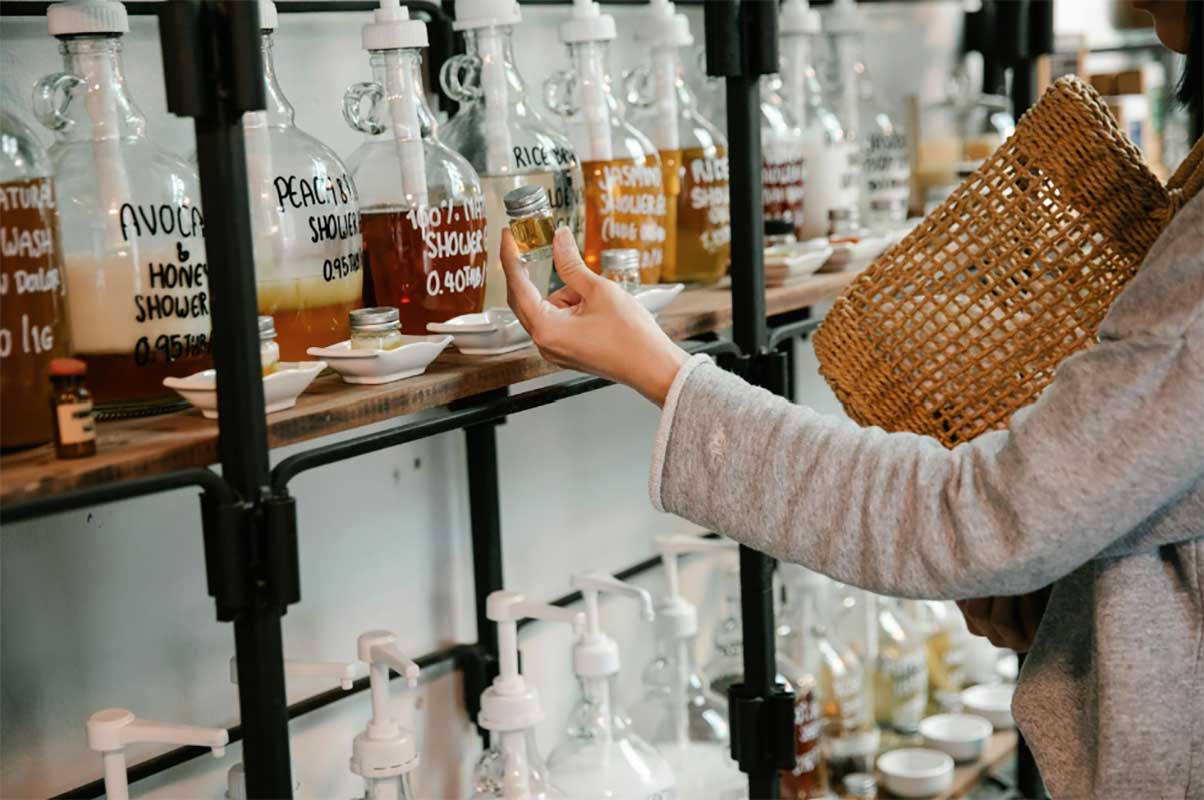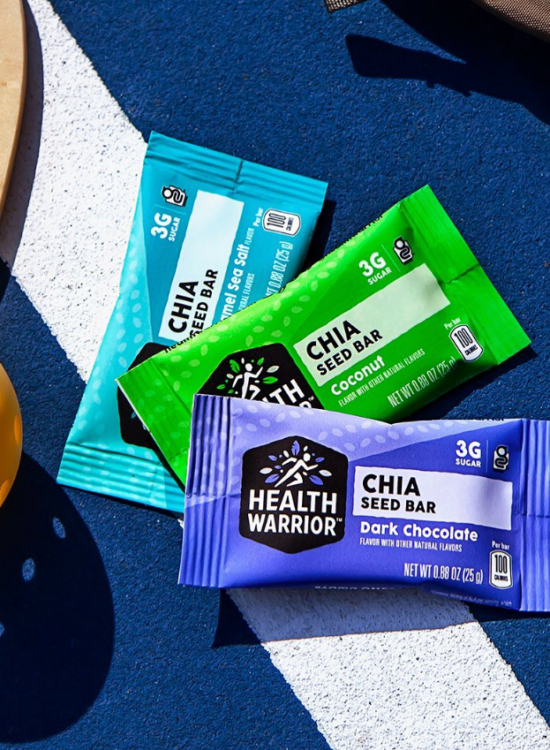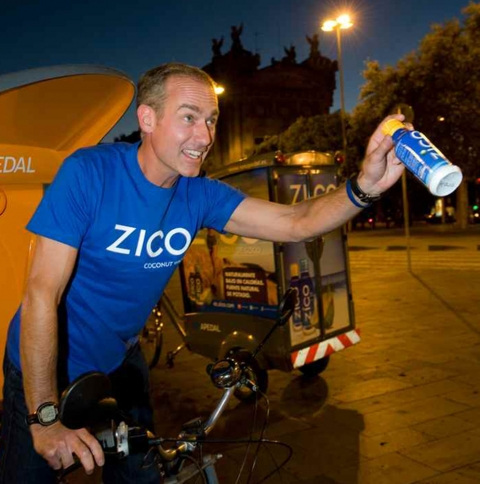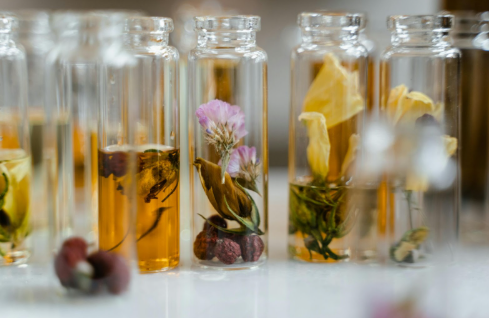A New Era: How Disruptors are Transforming the Prestige Beauty Industry
January 8, 2025
For generations, the prestige beauty industry relied on household company names like Estée Lauder and L’Oréal to dominate the landscape.
Defined by luxury, exclusivity, and premium price tags, prestige beauty products historically positioned themselves as the gold standard in quality and desirability. These companies filled big-box store aisles and beauty counters with iconic logos, leveraging market dominance to justify their elevated status.
Today, the definition of prestige is shifting.
Prestige beauty empires are being met with companies promoting efficacy, sustainable ingredients, and consumer connections. These disruptors are redefining the industry with mission-driven approaches that are tapping into a new era of consumers.
Breaking the Mold: The Evolution from Empires to Disruptors
From the 1980s to the mid-2000s, the beauty industry was driven by innovations from strategic portfolio companies.
Prestige beauty companies were primarily sold in department stores, and mass-market companies found their home in grocery stores and pharmacies. Significant trends that shaped this era include:
- Market Control: Distribution networks dominated by legacy players created near-monopolies, with a select few conglomerates controlling significant shelf space and marketing budgets.
- Acquisitions as Pathways: Smaller, independent companies were often acquired by these empires, gaining access to large-scale production, distribution, and marketing networks.
- Efficiency and Scale: Larger companies optimized for efficiency, scaling operations to dominate both domestic and global markets, leaving little room for niche players to thrive.
What worked about this model? Visibility. Trust was built by the companies dominating department store shelves on glossy magazine covers. Legacy companies bought their way into “household name” status, relying heavily on mass media advertising and store placement.
Around the turn of the millennium, a major shift in the beauty industry set into motion. Mission-driven companies emerged, challenging the dominance of legacy players by addressing gaps in the market that had long been ignored. The rise of e‑commerce, social media, and specialized beauty retailers allowed these indie companies to flourish. There were three primary drivers of this shift:
Consumer-First Channels
E‑commerce and social platforms enabled companies to speak directly to consumers, bypassing traditional marketing pipelines controlled by conglomerates.
Platforms like TikTok and Instagram became hubs for beauty influencers, democratizing product discovery and amplifying indie voices.
Clean Beauty and Sustainability
More than 65% of U.S. consumers actively seek out “clean beauty” products, prioritizing natural ingredients and environmentally responsible practices.
Younger consumers, particularly Gen Z, are driving demand for transparency, authenticity, and sustainable formulations. Smaller companies emphasizing clean ingredients in their products suddenly had an edge in the market.
The Agility Advantage
Smaller, agile companies like Glossier and Drunk Elephant gained traction by responding to specific consumer needs, often starting with a single standout hero product.
These companies excelled in marketing by crafting deeply personal strategies and leveraging storytelling to build emotional connections with their audiences.
Meeting the Modern Consumer’s Expectations
Today’s beauty consumers are more informed and discerning than ever. They demand products that align with their values while delivering exceptional performance.
For companies, this means delivering on three key fronts.
Performance
Consumers increasingly expect products that deliver visible and measurable results, whether it’s sunscreen providing UV protection or a serum visibly improving skin texture. Over 50% of U.S. skincare consumers prioritize clinically proven efficacy, highlighting the importance of performance-backed solutions.
Safety
The demand for safe formulations has never been higher. Consumers expect products free from parabens, sulfates, and other potentially harmful chemicals. The rise of “free-from” formulations underscores the modern consumer’s desire for products that prioritize health as much as beauty.
Sustainability
Sustainability has evolved from a niche concern to a standard expectation. Over 70% of consumers consider sustainability a key factor in their purchasing decisions. Innovations such as refillable and biodegradable packaging have become key differentiators for products aiming to appeal to eco-conscious shoppers.
For example, Youth to the People, a cult-favorite skincare company, centers its ethos on sustainable packaging and superfood-based formulations. Similarly, Tata Harper has solidified its position as a leading industry disruptor through its unwavering commitment to clean beauty principles.
Challenges for Indie Companies
While disruptors have successfully captured the attention of modern consumers, scaling their operations remains a significant challenge.
Achieving a global footprint requires substantial investment in production, distribution, and marketing – resources that are often out of reach for many indie companies without external funding. Partnerships with legacy players can provide a pathway to growth but often come at the expense of autonomy, as seen in the number of acquisitions.
The popularity of clean beauty has also led to market saturation, with numerous companies offering similar promises. In such a crowded space, standing out requires constant innovation and differentiation.
Additionally, legacy companies are pushing back. Industry giants have increasingly acquired disruptor brands to remain competitive, as seen with Estée Lauder’s purchase of Drunk Elephant for $845M. These dynamics highlight the unique hurdles indie innovators face as they navigate an ever-evolving beauty landscape.
Opportunities for Legacy Companies
How can legacy players remain competitive in the era of disruptors?
Acquiring niche companies has become a go-to approach, enabling legacy players to quickly integrate clean, sustainable, and on-trend products into their portfolios. By investing in innovation, such as leveraging AI for personalized beauty solutions and committing to sustainability, legacy beauty brands can reestablish relevance among modern consumers who prioritize authenticity and efficacy.
Additionally, legacy players have a critical advantage in their scale and resources, enabling them to drive industry-wide change. By adopting sustainable packaging, reducing carbon footprints, and influencing consumer habits at scale, these beauty empires can not only compete effectively but also set new industry standards.
The Way Forward: A Call to Innovators
As the age of disruptors transforms the prestige beauty industry, the market is at a pivotal crossroads. This shift represents a massive opportunity for entrepreneurs, investors, and established players to redefine the future of beauty.
Key drivers of this evolution include advancing sustainability with cutting-edge materials and processes, leveraging data-driven insights for personalized beauty solutions, and addressing underserved markets through inclusive formulations.
As consumer priorities evolve, the beauty companies most likely to succeed will be those that embrace authenticity, drive innovation, and commit to sustainability. Regardless of their size, the message is clear: adapt or risk irrelevance.
By fostering bold ideas and aligning with the evolving values of consumers, the beauty industry has the opportunity to forge a new path – one that is more sustainable, inclusive, and aligned with the priorities of the next generation.



